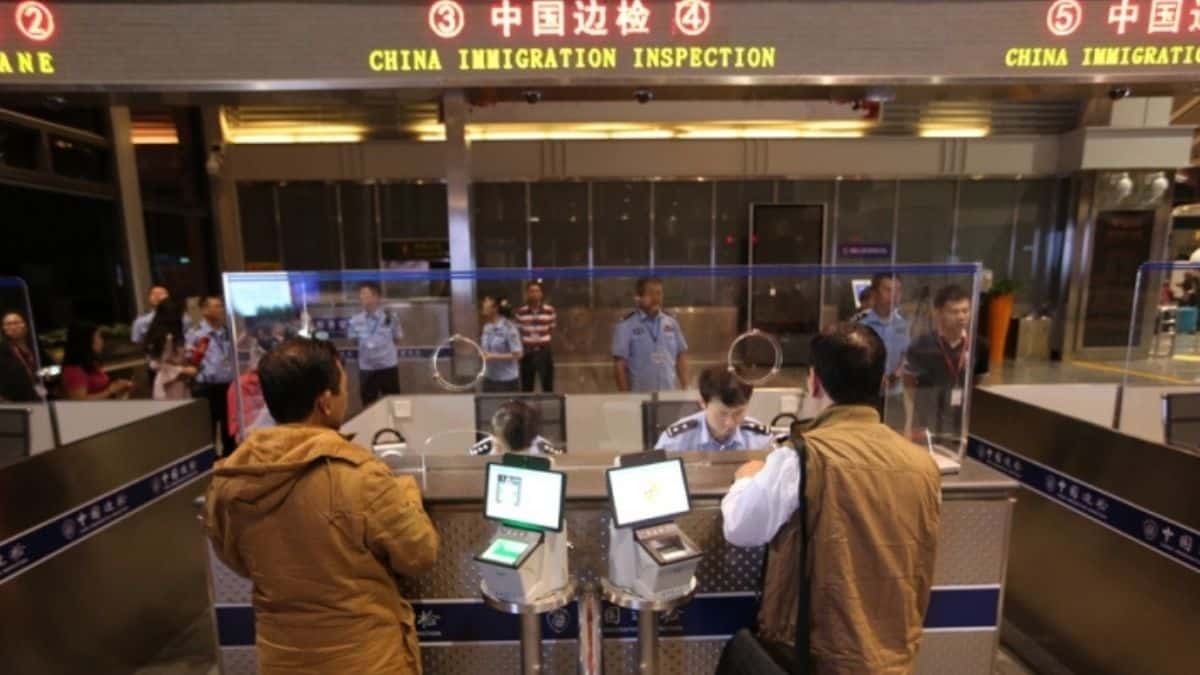 Image Credits - China Plus
Image Credits - China Plus
China has recently extended its 144-hour visa-free transit policy to include three additional entry ports, bringing the total number of ports covered under this policy to 37. This expansion aims to boost tourism and facilitate easier travel for international visitors through China.
The 144-hour visa-free transit policy was initially introduced to encourage tourism and make it more convenient for travellers to explore China without needing a visa, provided their stay does not exceed six days and they have a confirmed onward ticket to a third country or region. This policy has been particularly beneficial for business travellers and tourists who wish to take advantage of layovers to explore China’s diverse cultural and natural attractions.
The newly added entry ports include Ningbo Lishe International Airport in Zhejiang Province, Chongqing Jiangbei International Airport in Chongqing Municipality, and Xi’an Xianyang International Airport in Shaanxi Province. These ports join the existing list of major entry points such as Beijing Capital International Airport, Shanghai Pudong International Airport, and Guangzhou Baiyun International Airport, among others.
By increasing the number of entry ports eligible for the visa-free transit policy, China aims to distribute the benefits of tourism more evenly across the country. Cities like Ningbo, Chongqing, and Xi’an are rich in historical and cultural heritage, offering unique experiences to travellers. For instance, Xi’an is home to the world-renowned Terracotta Army, while Chongqing is known for its spicy cuisine and scenic river cruises. Ningbo, on the other hand, boasts beautiful coastal landscapes and ancient temples.
The expansion is also expected to ease the pressure on more frequently used entry points and provide travellers with more options to plan their itineraries. With improved connectivity and increased access, visitors can enjoy a more flexible travel experience, discovering different regions and their unique offerings.
This move reflects China’s broader strategy to enhance its tourism industry and promote cultural exchange. The visa-free policy has already proven successful in attracting a significant number of international visitors, contributing to local economies and fostering global connections.
